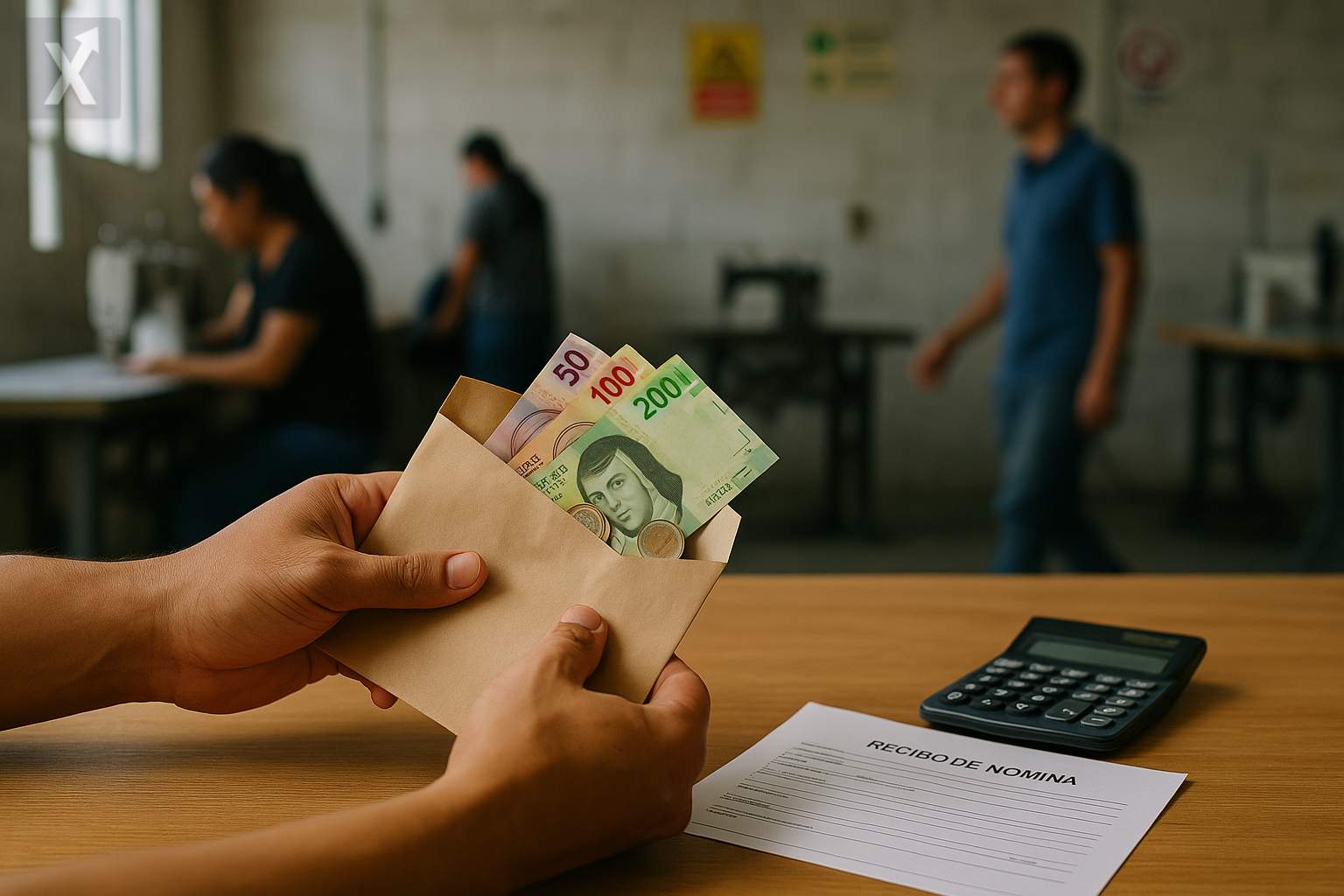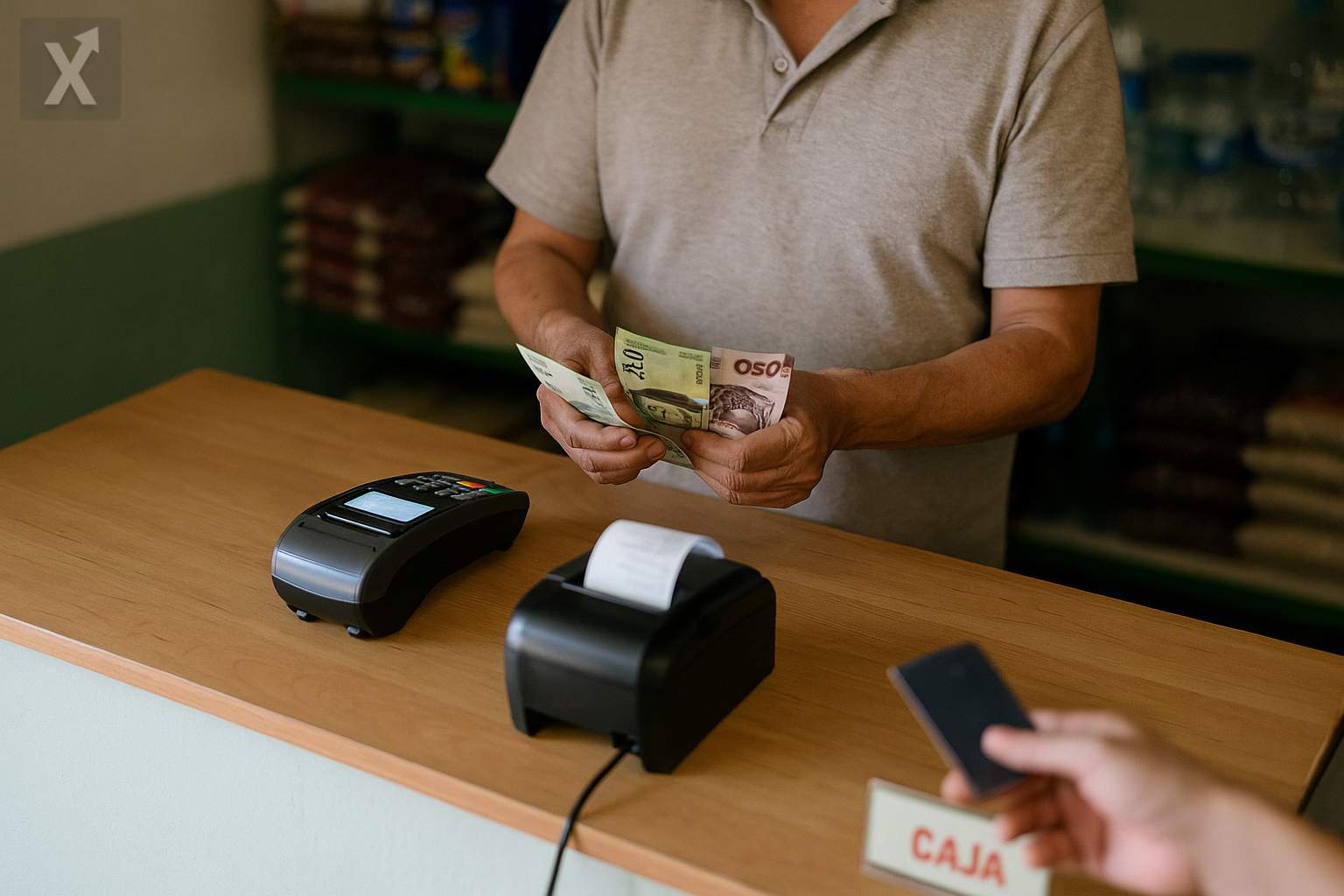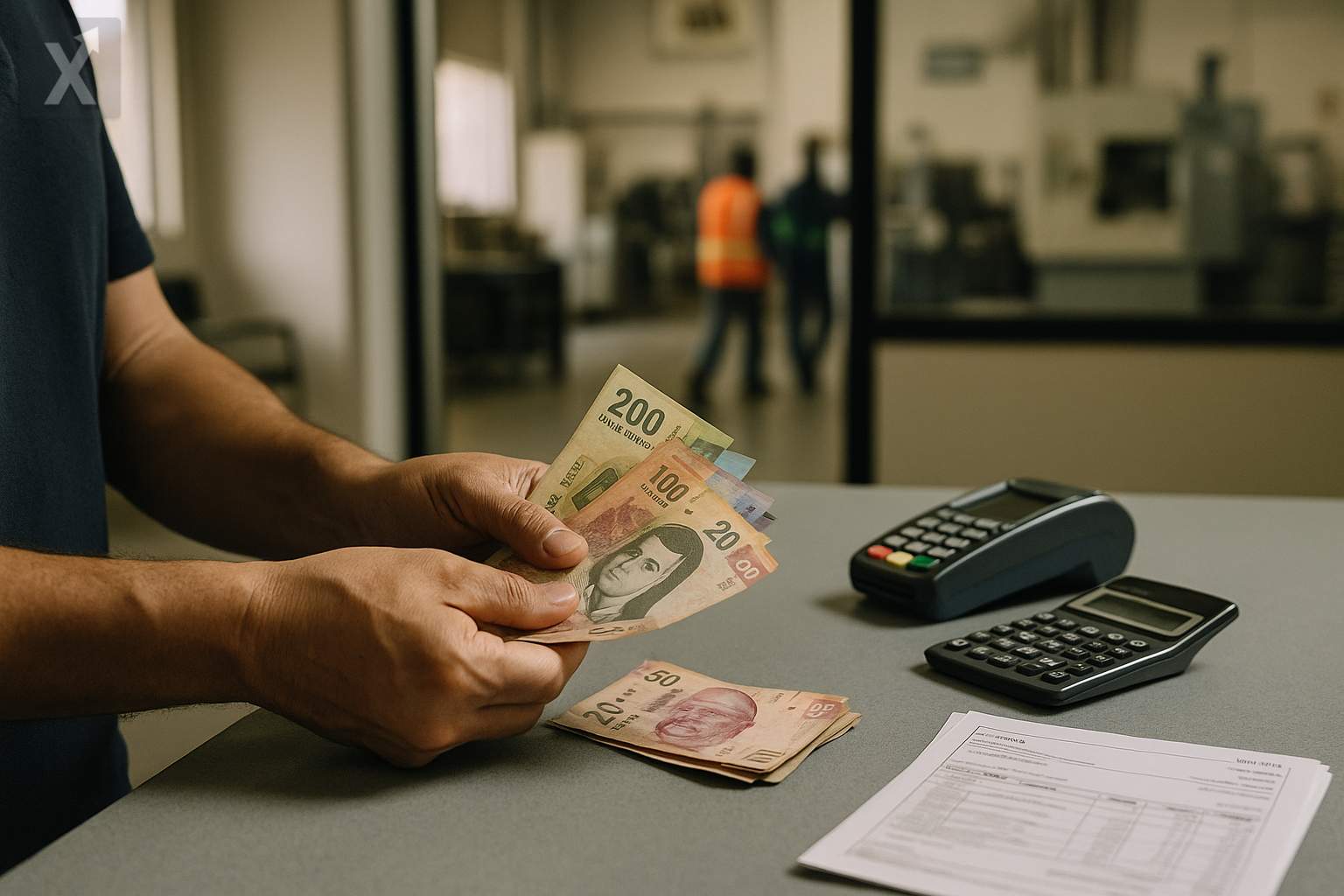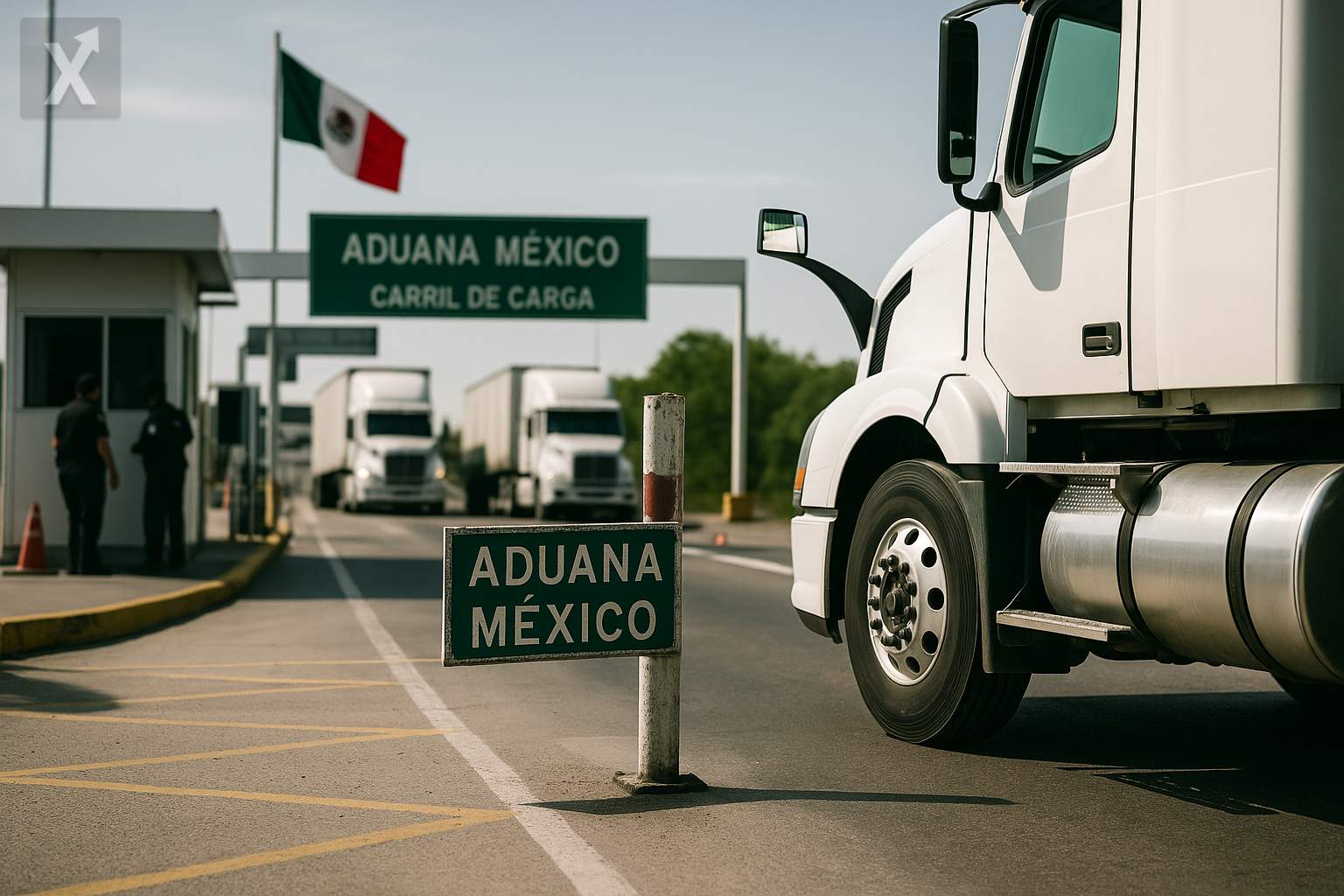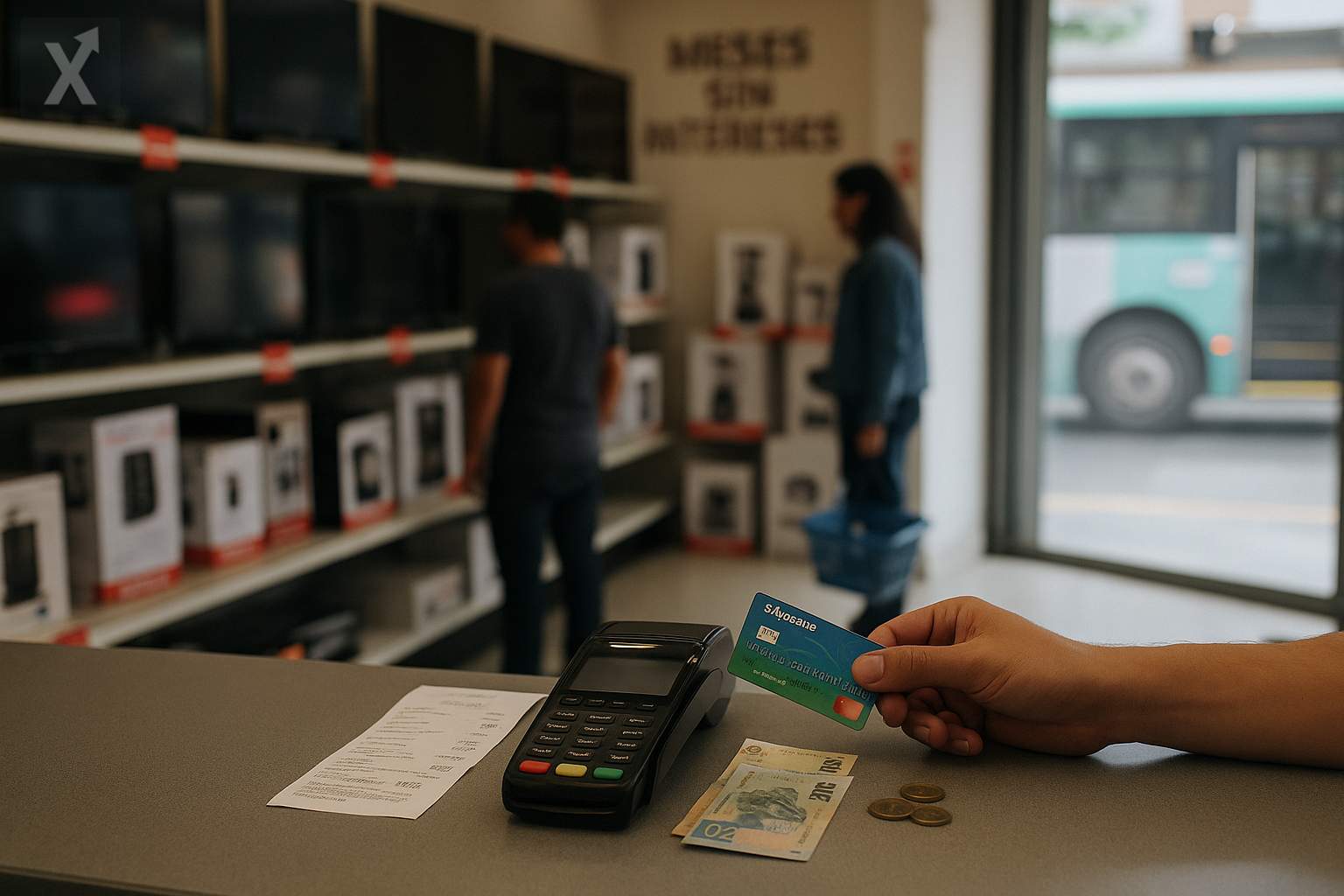Sofomes Strengthen Controls to Prevent Money Laundering and Terrorism Financing

Multiple Purpose Financial Institutions (Sofomes) are preparing to present a ten-point list of best practices to the regulator, aimed at strengthening the prevention of money laundering and terrorism financing in Mexico. This initiative, backed by the Mexican Sofomes Association (Asofom), comes amid an international environment where scrutiny of financial activities has heightened following the recent designation of Mexican criminal groups as terrorist organizations by the U.S. government.
Javier Garza Hoeffer, president of Asofom, emphasized that the main goal is to enhance preventive mechanisms in an environment of growing global concern. Although current local regulations on anti-money laundering are considered adequate for now, the threat of terrorist group financing and increased international oversight are pushing Sofomes to further detail and bolster their internal processes.
Measures under consideration include changes to operational systems, risk matrices, and internal operating manuals for Sofomes. Garza Hoeffer explained that these changes will mark the first step toward more rigorous audits by the national regulator. At present, Sofomes regulation requires compliance with “Know Your Customer” (KYC) standards, but according to Asofom, these do not go far enough to address the prevention of terrorism financing.
Concerns over this issue intensified after U.S. authorities designated six Mexican cartels as terrorist organizations this past February. Subsequently, in June, the Financial Crimes Enforcement Network (FinCEN) of the U.S. Treasury Department included several Mexican financial institutions in its alerts for possible money laundering and links to these groups. This environment increases the risk that seemingly legitimate companies connected to illicit activities could gain access to financing, which could inadvertently make Sofomes participants in illegal operations.
Additionally, Asofom anticipates that the United States will expand oversight of various industries, including real estate, construction, and automotive, which will require greater diligence from Mexican financial intermediaries when evaluating clients and business partners.
Regarding credit placement, Garza Hoeffer forecast that 2025 will be a challenging year for the sector. Although commercial banks' loan portfolios grew by 13.6% and Sofomes’ by 11% last year, this year’s growth is projected to be much more moderate, between 5% and 7%. Macroeconomic factors such as the global economic slowdown, inflation, and monetary policy adjustments have led institutions to adopt a more cautious approach. However, the Asofom representative dismissed the notion that the new preventive measures are the main reason for the sector’s slower credit growth, highlighting that the Association has a portfolio of more than 3,000 products endorsed by Condusef, and will maintain its commitment to financing both businesses and individuals.
In summary, Mexican Sofomes are taking decisive steps to reinforce their prevention systems and align with international standards following the recent risk designations from the United States. While these actions aim to protect the integrity of the financial system, they may also introduce an added layer of caution to credit placement in the short and medium term. The key challenge will be balancing protection against financial crimes with the need to continue fostering credit inclusion within the Mexican economy.
